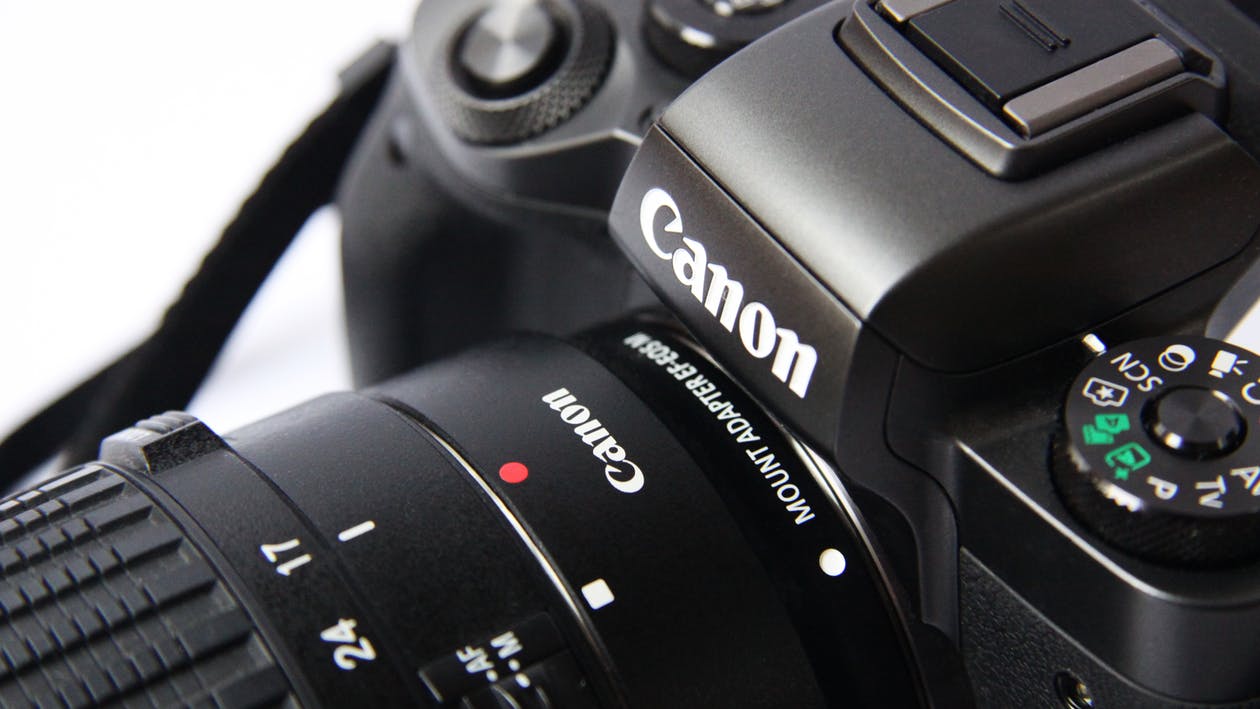
Sometimes some of the more technical aspects of cameras can be confusing for us all. In the point and shoot world there is less need for you to know the ins and outs of your camera's manual settings and its inner technical workings. However, if you want the best, most beautiful image you can get it's a good idea to learn about manual settings and how a camera technically works.
So what is a histogram?
Simply, a histogram is a graph of how your frame and image is exposed. You can use this graph to expose correctly and make sure you are getting the best image possible. Thanks to the digital revolution you can see this graph on most cameras in real time and adjust accordingly.
The X-axis on this graph represents the light spectrum from darks to lights, and the Y-axis represents the number of pixels, showing you what areas are getting the most attention. Before the histogram you had to use a light monitor or just go by trial and error, but no longer.
What you are looking for in a properly exposed image is basically a bell curve with the most pixels in the mids and decreasing on either side. You can achieve this by adjusting the exposure settings, ISO, and aperture.
Additionally, you can use the histogram in your editing software to do color correction and other light edits in post.
Check out this video from CreativeLive to help you learn the basics:


